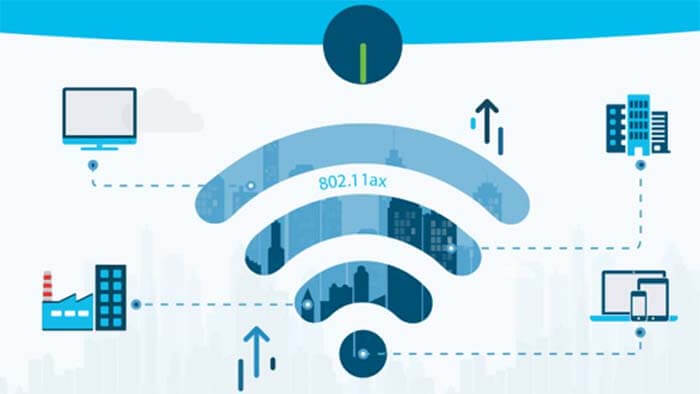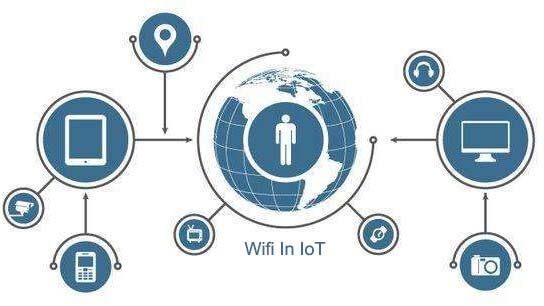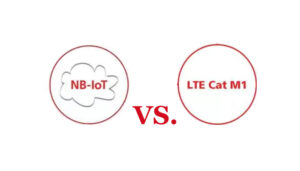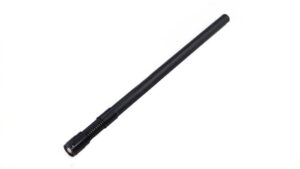Why is Wifi in IoT emerging?
The trend toward supporting multiple connections under a common platform is not limited to the wireless broadband.
As the Internet of Things (IoT) gathers pace, the demand for machine-to-machine (M2M) connections, many of which are wireless, will increase significantly. They will have additional performance requirements, reflecting the vast number of different use cases that are likely to emerge with Wifi in the IoT space.
No single technology can meet all of these requirements, and there are many wireless IoT protocols. This is likely to be consolidated over time, but there is certainly a need for at least one open, standardized technology to be used for multiple key IoT profiles.
These profiles vary according to their level of support.
1) Ultra-low and medium power consumption
2) Remote, local range, very short distances
3) Low versus medium data rates
4) Ultra-low latency versus low latency
5) Critical availability versus standard availability
6) Unlicensed vs. licensed spectrum
Note: some proprietary protocols may continue to be used in special environments such as public safety or railways.
WiFi in IoT
Due to the proliferation of its family of standards, Wi-Fi has the advantage of handling multiple profiles. Meaning it will be useful in most IoT environments, either on its own or interoperable with more specialized protocols or with cellular networks.
Certain IoT applications (e.g. vehicle services) or video-based applications (e.g. connected security cameras) will require the bandwidth of a wireless broadband network, which is implemented to achieve other requirements such as low latency (in critical environments this can occur on a private network or sliced slice).
WiFi is uniquely positioned to support both broadband and narrowband IoT applications through a common platform that can operate at different levels of power and signal range.
The next version of the 5G standard, Release 16, will prioritize IoT-centric features such as sub-4 ms latency and very high availability to support emerging scenarios in the URLLC (Ultra-Reliable Low Latency Communication) category.
Wifi in IoT applications has different requirements in terms of data throughput, energy efficiency, and device cost when choosing a product. WiFi in IoT applications is often one of the easiest options that come to mind, with indoor WiFi coverage being almost ubiquitous, but it is not always the right choice.
This article explores the role that WiFi in IoT applications can play and the two emerging IEEE standards of 802.11ah and 802.11ax.
Wifi in IoT data transmission requirements ranges from small intermittent payloads (e.g. meters) to large amounts of continuous data (e.g. real-time video surveillance). And range requirements can range from within a few meters for wearable devices to several kilometers for agriculture and weather monitoring.
The most common is the limitation in power consumption
IoT devices need to be constantly connected, but they may not have a constant power source. Power considerations are therefore a very important element of IoT products, and sometimes entire networks require devices to last for years on coin cell batteries.
Other aspects that affect the use of Wifi in IoT connectivity include
- Device cost and support costs
- Ease of deployment, commissioning, and management
- Reliability and security.
- Scalability
The role of WiFi in IoT

WiFi can be good for IoT applications that don’t have to worry about power drain (e.g. devices that are plugged into an outlet), that need to send a lot of data (e.g. video), and that doesn’t need high range. A good example would be a home security system.
WiFi or 802.11 is a wireless protocol designed to replace Ethernet with wireless communication over unlicensed frequency bands. The goal is to provide off-the-shelf, easy-to-implement, easy-to-use short-range wireless connectivity through cross-vendor interoperability.
With zero spectrum cost, there is little concern about spectrum efficiency and the use of desktop devices having a constant power supply, power efficiency is not important.
WiFi in IoT is the obvious choice for IoT connectivity, as indoor WiFi coverage is now almost ubiquitous, but it is not always the right choice.
Pros and cons of standard WiFi (802.11a/b/g/n/ac) for IoT
Standard WiFi is very commonly used in the IoT but has limitations in terms of range and energy efficiency. IEEE has addressed these disadvantages by publishing specifications for 802.11ah and 802.11ax.
WiFi HaLow (802.11ah)
WiFi HaLow technology is based on the IEEE 802.11ah standard, approved in October 2016. It is specifically designed to address the range and power issues of the Internet of Things.
802.11ah uses the 900 MHz ISM license-free band to provide extended range and low power requirements. Power usage is further optimized through the use of predefined wake-up/snooze periods and provides a range of more than one-kilometer radius. It allows sites to be grouped to minimize contention and relayed to extend range.
However, 802.11ah will require a dedicated radio access point (or radio inside the AP) and client hardware. Despite the protocol being approved in October 2016, there has been little enthusiasm for WiFi HaLow from chip vendors.
HEW (802.11ax)
The upcoming High-Efficiency Wireless (IEEE802.11ax) standard also adds a number of IoT-friendly features. It retains 802.11ah’s target wake-up time and site grouping features, allowing customers to save power and avoid conflicts.
In addition, the uplink multi-user MIMO feature combined with the smaller (78.125 kHz) subcarrier spacing allows up to 18 clients to send data simultaneously within a 40 MHz channel.
The adoption of 802.11ax Wifi in IoT will depend on the cost of 802.11ax clients and the speed at which clients and APs enter the market.
Conclusion of Wifi in IoT applications
Standard WiFi (based on 802.11a / b / g / n / ac) is generally not the best technology for IoT, but certain IoT applications can take advantage of installed standard WiFi, particularly for indoor or campus environments.
Examples include building and home automation and internal energy management where the installed WiFi in IoT applications can be used as a communication channel.
802.11ah-based WiFi HaLow is designed for IoT, but it requires a separate (compared to standard WiFi) infrastructure and dedicated clients. The Efficient Wireless (802.11ax) standard has many advantages.
WiFi providers continue to make improvements to the IoT and some are starting to use IoT technologies built into the box (ZigBee, Bluetooth, and/or threading) to configure enterprise access points.
Besides the What is the Role of WiFi in IoT article, you may also be interested in the below articles.
PCB Antenna VS. External Antenna
Ceramic Antenna VS. PCB Antenna, A Comparison Guide
Wifi vs. 5G, is 5G better than Wifi?
Mobile Networks’ Evolution From 1G To 5G




